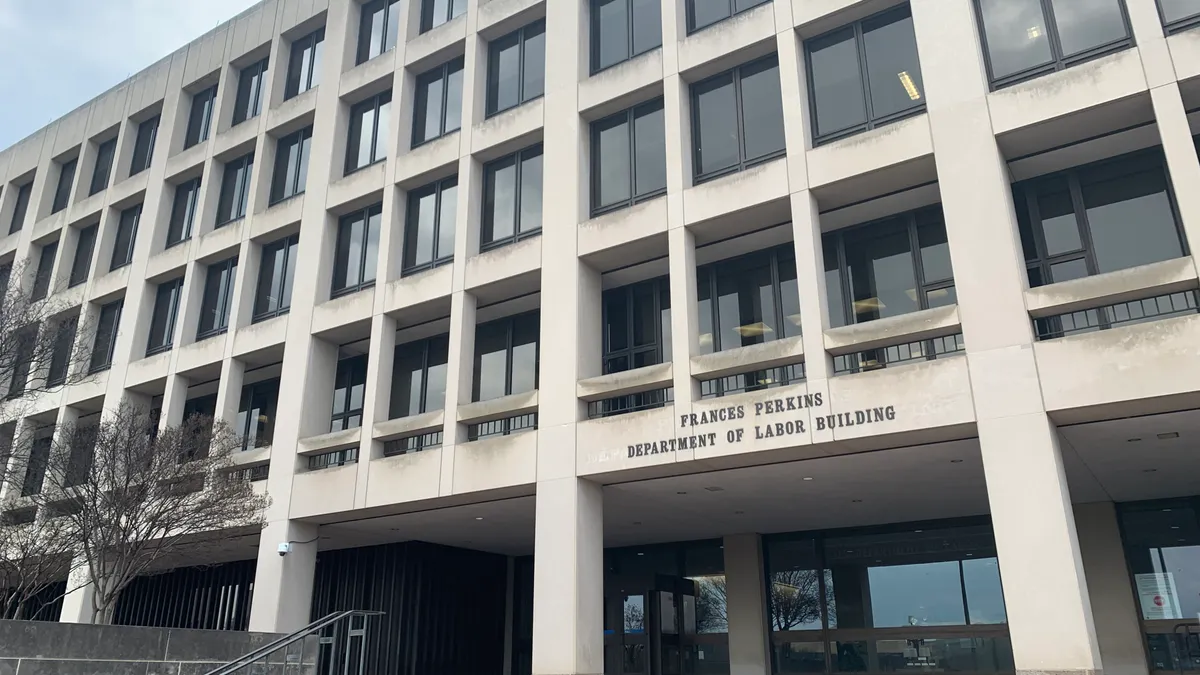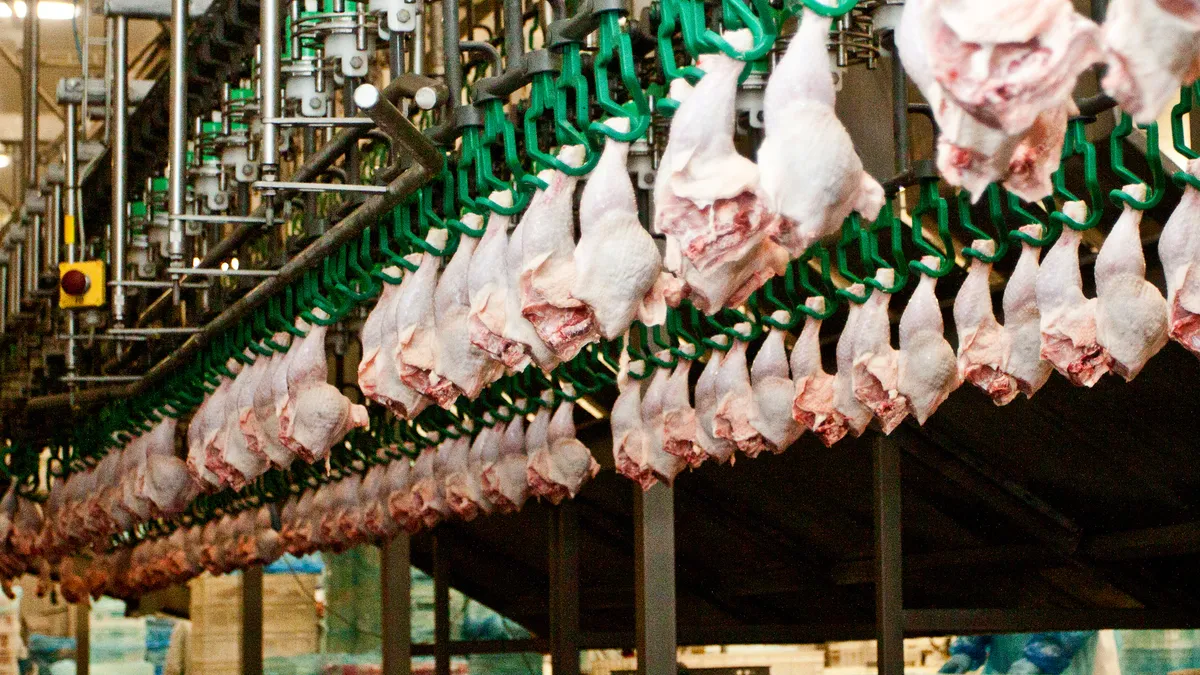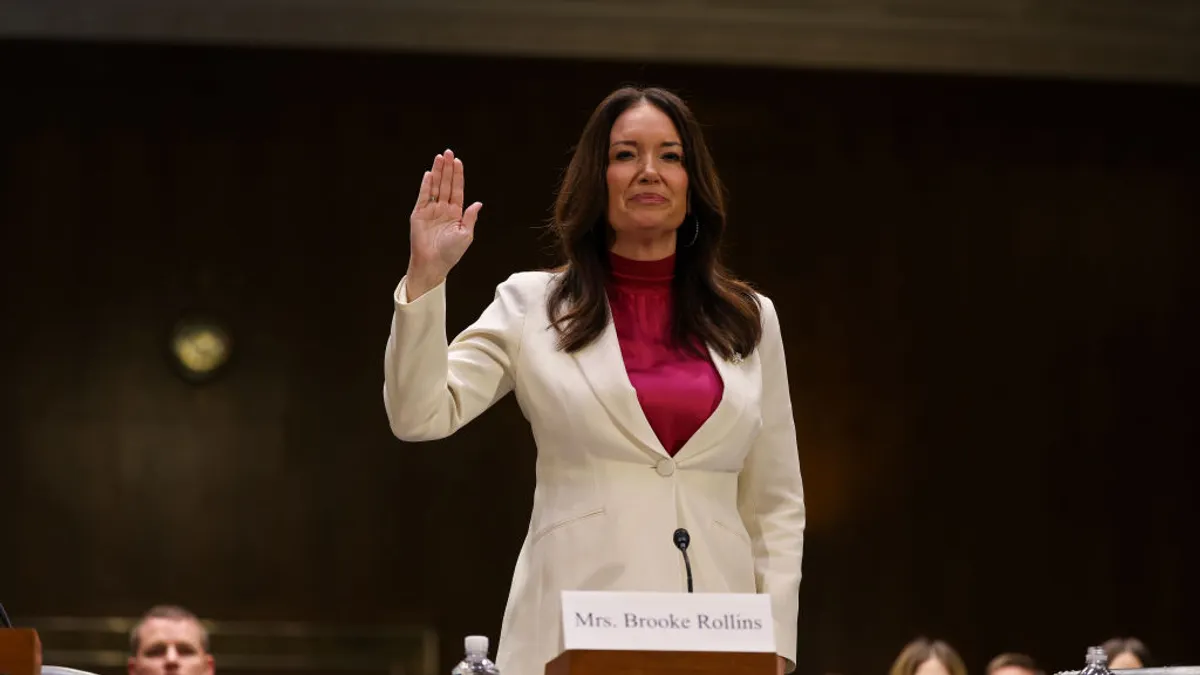The U.S. Department of Labor’s independent contractor final rule eluded — temporarily, at least — lawsuits seeking to block it ahead of its effective date Monday, giving rise to several compliance questions for employers, according to attorneys.
DOL’s rule introduces a “totality-of-the-circumstances” framework for analyzing independent contractor relationships under the Fair Labor Standards Act. In doing so, the agency said it will consider six nonexhaustive factors, including the nature and degree of control over work performed, the extent to which the work is an integral part of the employer’s business, and the permanence of the arrangement.
The new regulations come as poultry processors begin to face lawsuits from their growers claiming they’re wrongly classified as independent contractors. A judge permitted a lawsuit against Perdue Farms to continue, for example, though dismissed some plaintiff claims.
Enforcement: ‘It gives them something new to point to’
Employers have nonetheless had several weeks to prepare for the independent contractor rule. Lucas Asper, shareholder at Ogletree Deakins, told HR Dive that among his clients, those that have been most interested in discussing the final rule have been preparing for some time now.
“The ones most heavily dependent on [independent contractors], or at least [those whose] business model already uses that work structure, those folks have been laser focused on this from the time the proposal first came out,” Asper said. “We’ve all known that this was coming eventually.”
DOL’s six-factor test may be a shift for employers, but Asper said that the reality is that the test is very similar to what employers have dealt with in years past, including the Trump-era final rule. That rule emphasized two “core” factors in its analysis of independent contractor relationships, whereas the new rule “says we’re going to look at everything,” he continued.
For employers, the rule’s biggest effect may be that it signals wage-and-hour investigators’ focus on worker misclassification, Asper said; “It gives them something new to point to.”
Time will tell on court challenges
Though the lawsuits challenging DOL’s final rule did not hold it up in the courts, that does not preclude an injunction from being issued at some future point, Christopher Parlo, partner at Morgan Lewis, told sister publication HR Dive. In the meantime, there are a few things employers can do to ensure their independent contractor arrangements withstand potential scrutiny.
For example, Parlo said employers can craft question and answer documents to proactively address inquiries from independent contractors who perform work for their organizations, which may be a necessity given the increased publicity given to the final rule. “The management at the company should be aware of what those questions would be,” Parlo said.
Additionally, employers should look over independent contractor documentation to ensure that the associated provisions do not suggest employee status, he continued. For instance, employers should avoid terms that imply the services that a contractor performs constitute an “exclusive” relationship.
Exclusivity has remained one of the major sticking points in lawsuits against poultry processors. In a lawsuit against Amick Farms, growers claimed the meatpacker controls all aspects of grower operations, constituting an exclusive agreement.
Employers also should ensure that they are not paying for independent contractors’ expenses, Parlo said, and they could consider adding arbitration agreements with class-action waivers to their independent contractor agreements. The latter might allow employers to face potential challenges on an individual basis instead of a class-action basis, he noted.
DOL’s final rule includes control over performance of work as a factor in the independent contractor analysis, so employers may want to consider adding language to contracts to make clear that they are not only not exerting such control, but also that they have affirmatively given up that ability entirely. “That’s what’s supposed to be happening, but writing it out in a contract is important,” Parlo said.
ERISA plan and employee benefits implications
Though the final rule is a FLSA regulation, its effects may be felt across other aspects of employment law. One such area is employee benefit plans governed by the Employee Retirement Income Security Act, said Sarah Sise, partner at Quarles & Brady.
That is because prior federal court rulings have held that eligibility to participate in an ERISA plan is based on how employers classify potential participants, rather than on a common law standard, Sise said.
Should an employer reclassify independent contractors as employees in order to comply with the final rule, she continued, that could also make such workers eligible for ERISA plan coverage. If the employer fails to do so, it could face penalties.
“It’s just understanding the classifications so that a year from now, we don’t have corrections to make because we improperly excluded someone [from an ERISA plan],” Sise said. “That’s going to be a big gotcha.”
Parlo agreed ERISA-related coverage is a potential concern for employers and said that employers may want to consider reinforcing language in their agreements stating that independent contractors are not entitled to such coverage, or to other benefits such as vacation time, leave time, bonuses or attendance at company events.
“If you use language that says you are not eligible to participate in our [ERISA] plans even if a court or agency later determines that you should have been an employee, that’s enforceable,” Parlo said. “A court or agency cannot force you to retroactively put them into your plans. It’s not a fix for everything, but it is important.”
Sarah Zimmerman contributed to this story.




















